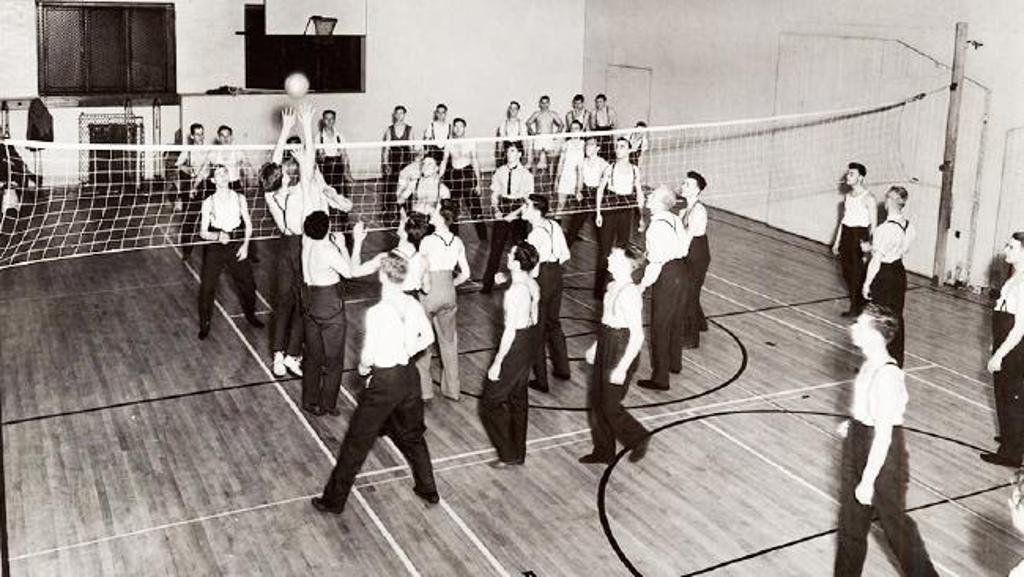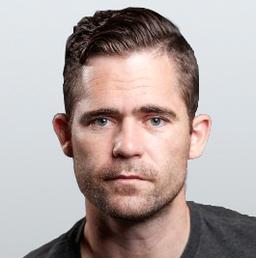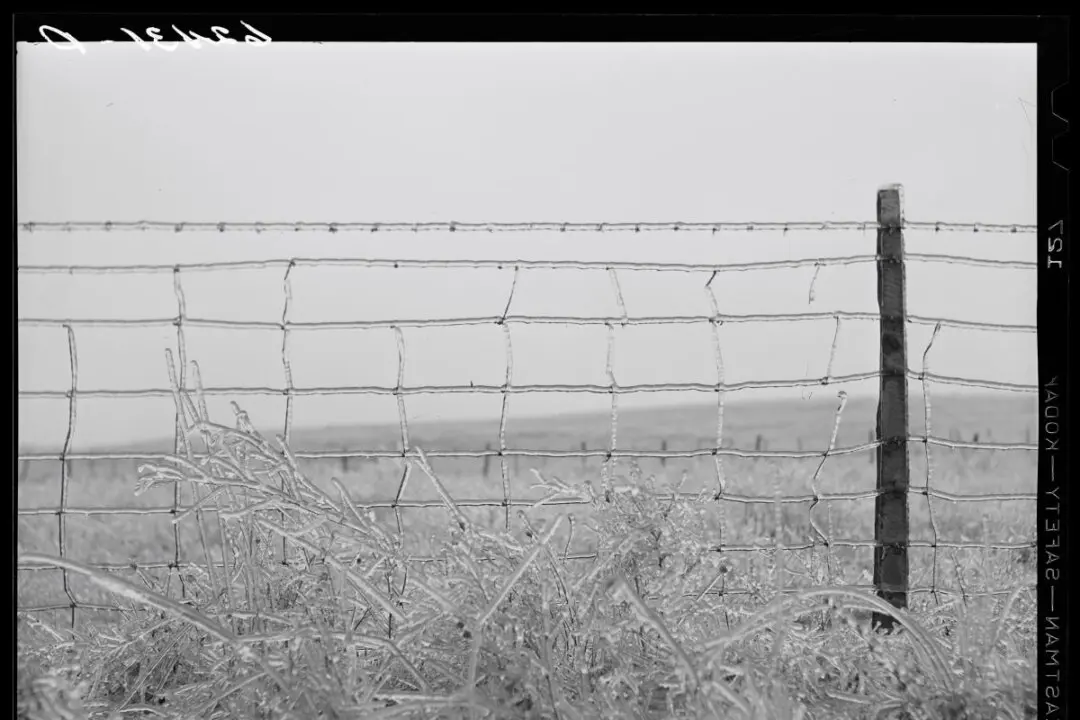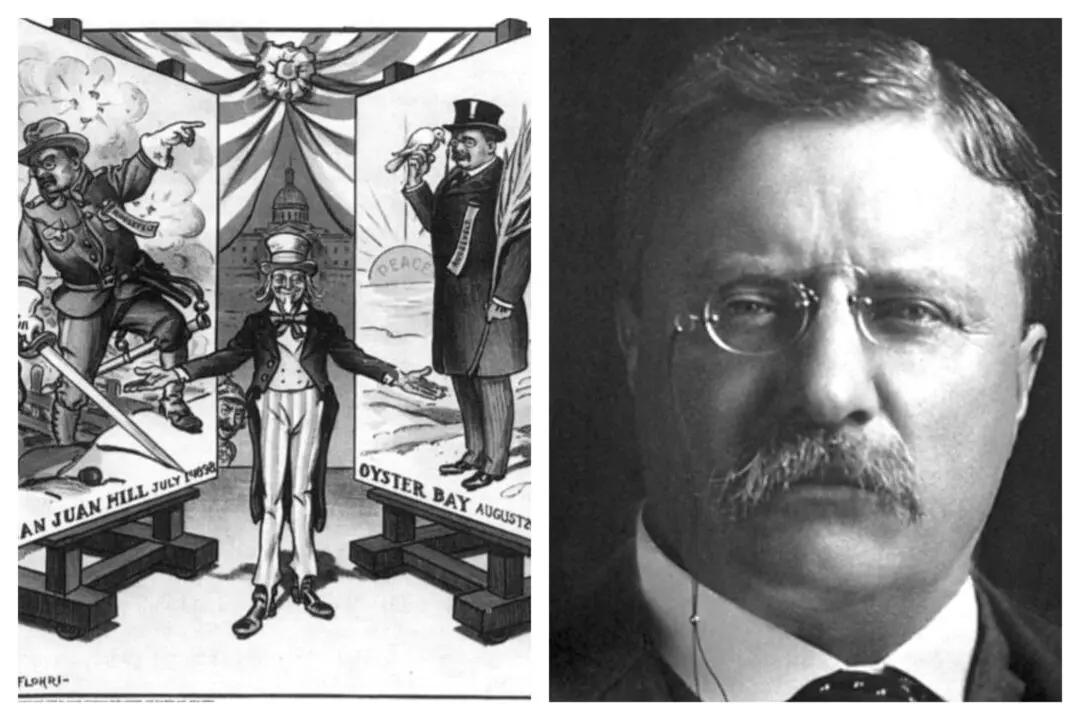George Morgan had a boat-building business in Lockport, New York, a city along the Erie Canal. The new waterway had increased the state’s and the country’s economic output, and with the constant shipping traffic, it provided Morgan hard work, but it was good work. His son, William George Morgan (1870–1942), grew up to help with the business.
Morgan developed into a strong young man thanks to the physical demands of boat building. Along the way, he also developed a talent for athletics. In 1891, he attended Mount Hermon Preparatory School in Northfield, Massachusetts. The school had been founded in 1879 by D.L. Moody, one of the 19th century’s most influential Christian evangelists. Moody was also involved with the Young Men’s Christian Association (YMCA), an organization that would greatly influence Morgan’s life.






